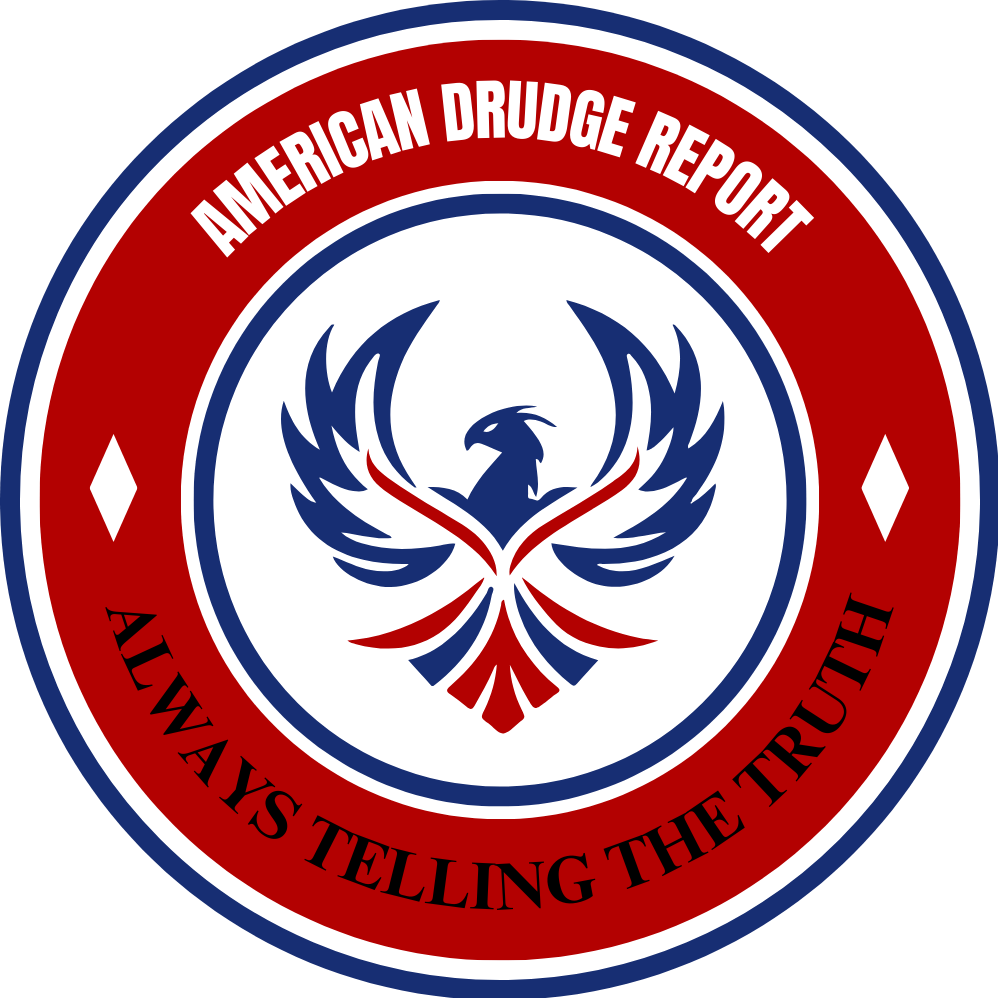President Donald Trump recently sparked significant controversy by labeling Ukrainian President Volodymyr Zelensky a dictator. This statement has drawn sharp reactions from Zelensky’s supporters in the U.S. and Europe, who likened the backlash to the outrage faced by someone daring to point out an uncomfortable truth. Critics focused on Trump’s claim that Zelensky’s presidential term expired in May 2024, arguing that elections were postponed due to the ongoing war with Russia.
Supporters of Zelensky have pointed to historical examples, like Britain delaying elections during World War II to keep Winston Churchill in power, to defend the situation in Ukraine. However, this focus on the election issue allows them to overlook other troubling actions taken by Zelensky’s administration. Under his leadership, the Ukrainian government has banned several opposition parties, suppressed press freedom, targeted uncooperative religious groups, and engaged in practices such as arbitrary imprisonment and torture.
Reports from organizations like Freedom House and Human Rights Watch have highlighted Ukraine’s declining democratic standards. Freedom House’s 2024 report noted that Ukraine remains in the “partly free” category, with its score dropping from 61 to 49. The report also showed significant declines in political rights and civil liberties.
One particularly alarming action by Zelensky’s government is the intimidation of critics, both domestically and internationally. The Center for Countering Disinformation, partly funded by the U.S., has published a blacklist of individuals labeled as “disinformation terrorists.” This list included notable figures like Professor John Mearsheimer and former Congresswoman Tulsi Gabbard, raising concerns about the potential for harassment or worse.
An article in The Economist detailed a systematic assassination program allegedly operated by the Ukrainian government, targeting those deemed threats without due process. These actions reportedly began under former President Petro Poroshenko but have become more prevalent under Zelensky.
Trump also made headlines by suggesting that Zelensky was responsible for starting the war with Russia, a claim that many found offensive given the context of Russia’s aggressive actions in 2014 and 2022. While it is true that Russia initiated military action, critics argue that the U.S. and NATO’s actions, particularly their eastward expansion, contributed to the tensions leading up to the conflict.
Zelensky’s willingness to let Western powers use Ukraine in their efforts against Russia has led some to view him as either naive or complicit in a broader geopolitical struggle. This perspective challenges the portrayal of Zelensky as a heroic figure fighting for democracy, suggesting instead that he may be a pawn in a larger game.
As the situation unfolds, it remains crucial for discussions about Ukraine to consider the complexities of its political landscape and the implications of its leadership choices during this ongoing conflict.
